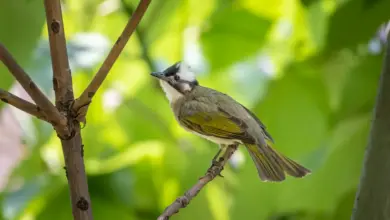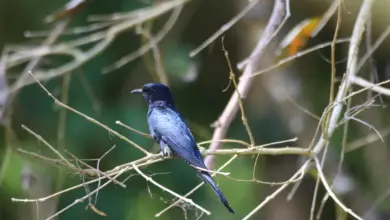Stripe-headed Sparrows
Stripe-headed Sparrow, Aimophila ruficauda, is an American sparrow that breeds from Pacific coastal southwestern Mexico, including the transverse ranges, Cordillera Neovolcanica to Pacific coastal northern Costa Rica.
This common bird is found in lowlands up to 1800 m altitude in the north of its range, and 800 m in Costa Rica. Its habitat is brushy savanna, scrubby second growth and woodland edges, but it avoids the forest interior.
It is usually in family groups or small flocks of up to seven birds. The flight is low and fluttery, with the tail held low.
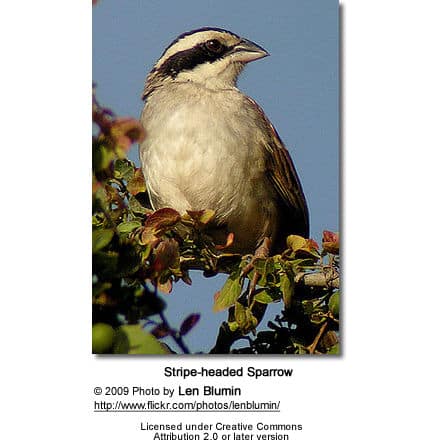
Breeding / Nesting
The nest, built by the female, is a deep cup of plant material lined with fine grasses or horsehair. It is constructed less than 1.2 m above the ground in an isolated spiny scrub.
The female lays two to four unmarked pale blue eggs, which she incubates for 12-14 days. The whole group helps in feeding the chicks and roosts together in a tight group at night.
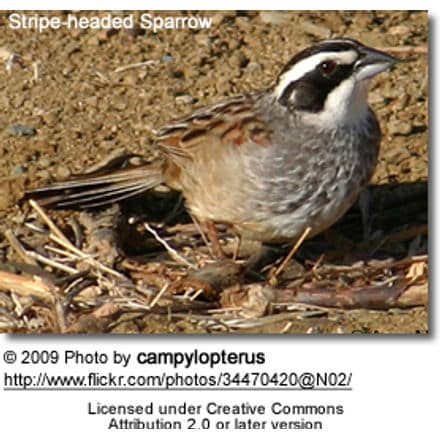
Description
The Stripe-headed Sparrow is a large, long-tailed species, 15.5-18 cm long and weighing up to 35 g.
The adult has a black head with broad white stripes on the crown and above each eye. The nape is narrowly grey and the rest of the upperparts are pale brown, streaked with black on the back, but unstreaked and more buff on the rump and tail. The shoulders are rufous and the wing feathers have buff edging. The throat and underparts are white, becoming buff on the flanks and with a grey breast.
Young birds have a duller, indistinct head pattern, with buff stripes and a brown ground colour, and have streaked breasts.
There are four subspecies, which, in general, become larger and brighter from north to south. Thus the northernmost form, A. r. acuminata , is smaller than the nominate Costa Rican subspecies ruficauda, has duller, browner upperparts, and paler, whiter underparts.
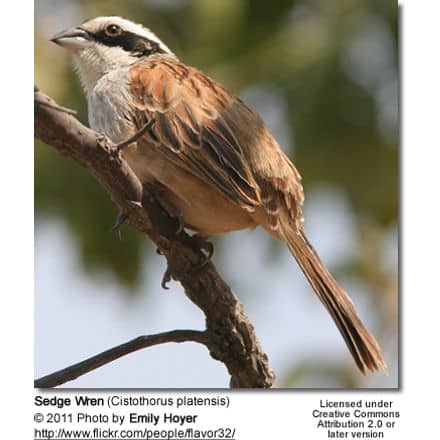

Song / Vocalizations
The Stripe-headed Sparrow has a group vocalization of chattering squeaks. The male’s song, given from an open perch, consists of dry thin notes but shows geograpical variation. Nominate ruficauda has a dry trill, and acuminata a series of pechew double notes.
Diet / Feeding
The Stripe-headed Sparrow feeds on the ground mainly on grass seeds but also takes some small insects and spiders.


